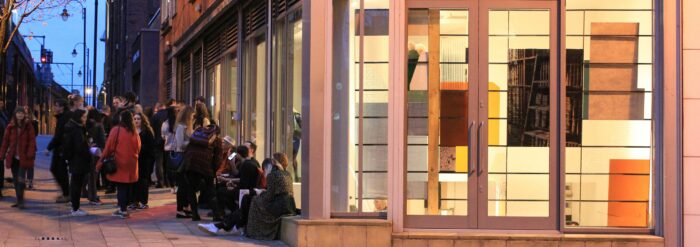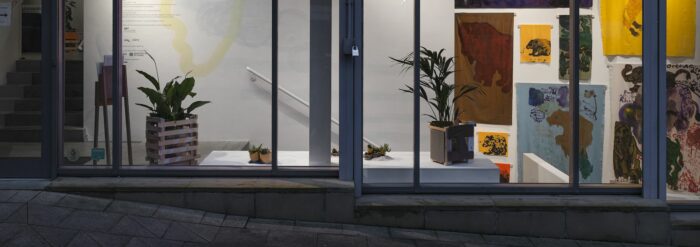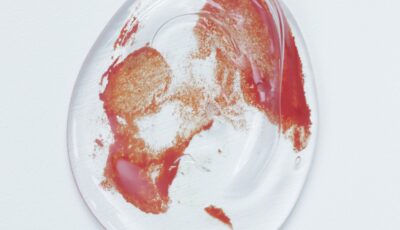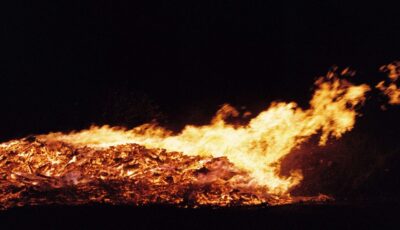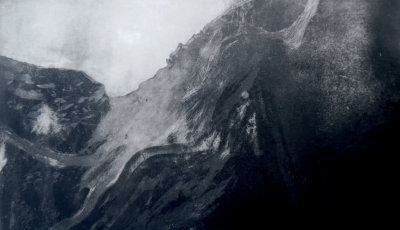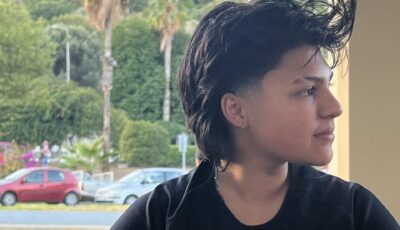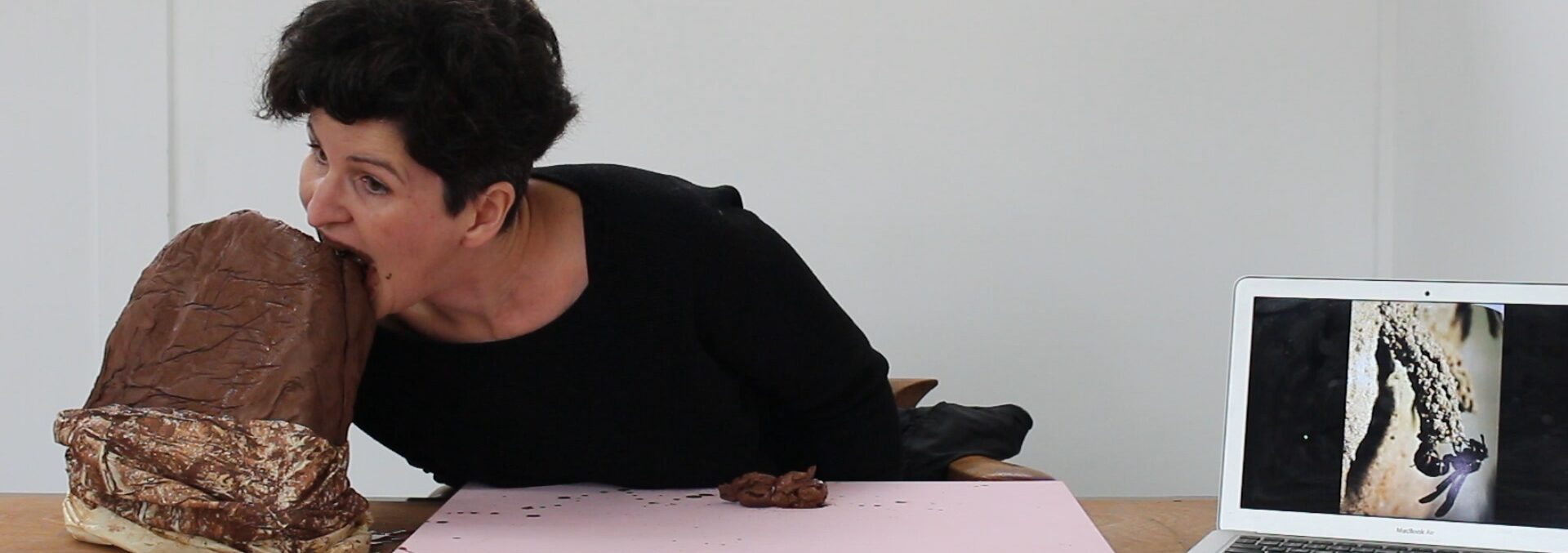
Spotlight: Artists and Sustainability – Eleanor Morgan
Posted on 1 April 2022
As part of THE EXCHANGE 2, a project which connects creative practitioners across the UK, later this month Castlefield Gallery will be hosting an online workshop with Eleanor Morgan for all EXCHANGE artists. Eleanor is an artist and writer working with video, sculpture, printmaking and drawing to explore our entanglement with other species. This has included serenading a spider, making a diamond from the dead creatures of the River Thames and embracing a giant green sea anemone. Her illustrated book Gossamer Days: Spiders, Humans and Their Threads (Strange Attractor/MIT press, 2016) examines the history of the human uses of spider silk, from gun sights to sticky tunics via acoustic lures and royal underwear. It was chosen by The Guardian as one of their favourite books of the year. As an artist engaged with interspecies, we invited Eleanor to contribute to our ongoing series Spotlight – Artists and Sustainability where we ask artists to share short responses about their work and how it might relate to climate change.
In what ways do you feel your work might relate to issues of climate change and sustainability, in the content of the work, its narrative, conceptually or theoretically. How might it speak to or challenge public discourse?
I work a lot with invertebrates. Or, at least, they appear in my work – they do not decide to work with me. This relationship is immediately awkward. Sticky. Unwelcome, perhaps (on both sides). In my video piece ‘Animal Tool Behaviour’ a clothes moth walks across text in a magazine, accompanied by my voiceover describing maggots breeding in the carpet of my babies’ nursery, my failure to attend raves and a mention of Derrida’s penis. There is a narrative there, but it is not necessary about the moth (or it is about the moth, and not about penises). Because nonhuman animals appear in my work, the destruction of our shared world hangs over it. But I don’t think my work is more about climate change and sustainability than any other artist. It feels impossible to make art now, whatever the subject or content, that does not have the horror of climate change hanging over it and the question of sustainability – as in, what is the life of this work, where has it come from, what does it change into, who and what does it touch? Should I even be making it in the first place?
With regards the materials, processes and techniques you use to produce your work, are there any practical decisions you make with regards climate change and sustainability?
I make videos and write, which feels very material light compared with my previous print and photography work on paper, but in terms of energy use and computer materials probably has a more detrimental effect on natural resources. The main thing I do that feels sustainable is reuse everything in my studio, included old bits of work, to make into new works. I am bad at throwing things away, so although it is a deliberate attempt to be sustainable and use what I have, it also fits with my personality.
In general, how do you feel galleries, art spaces, artworks and artists, might be able to contribute, what if any role do you feel they can play in a progressive conversation?
I think ecologies and ecological thinking could be at the centre of all art institutions. By ecologies, I mean who and what is flourishing, who and what is invisible, what are the systems of dependence and care. Specifically in relation to artworks, the prevailing culture in art galleries and museums in this country is to conserve art in as close a state as possible to when it was created (obviously, this is linked to value as well). How long can we do this for? I am not suggesting that we let everything fall into decay, but there does seem to be something odd about battling to preserve artworks at a specific moment in their lives that does not quite fit with sustainability, which for me is about change and reuse.
Are there any tips or advice, anything you have learnt you might want to share with other artists or our audiences?
Yes, look out for firebrats! We have a healthy community here in our house, enjoying the dry, hot conditions of our boiler. Their courtship dance can last for half an hour and involves a lot of stroking and antennae waving. This is also a good time of year to look out for caddis fly larvae building their cases in streams –they glue together bits from their surrounding environment, which can often include living snails. A sticky gathering of organisms. I like paying attention to what other animals are making when I am struggling to make my own work. It is like a secret art world, where everything is reused, stuck, layered, knotted, eaten, and remade.
